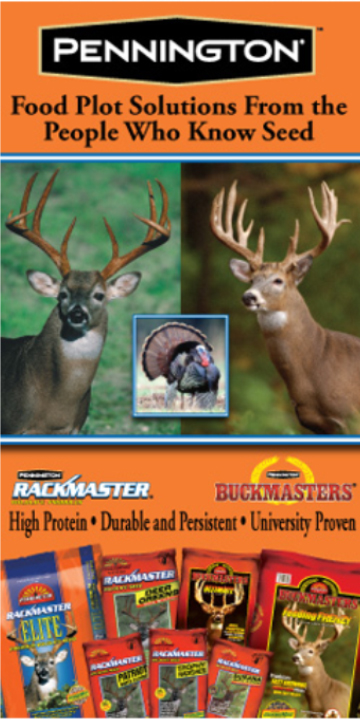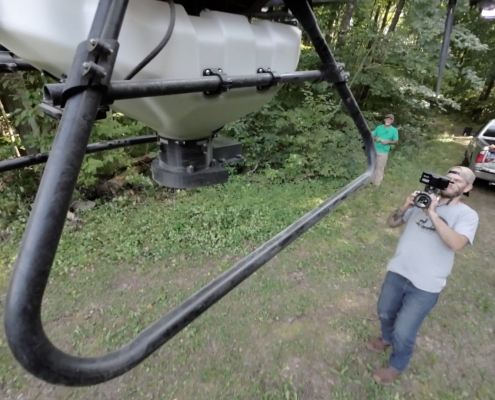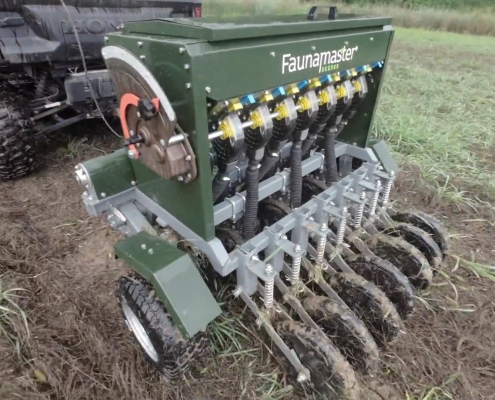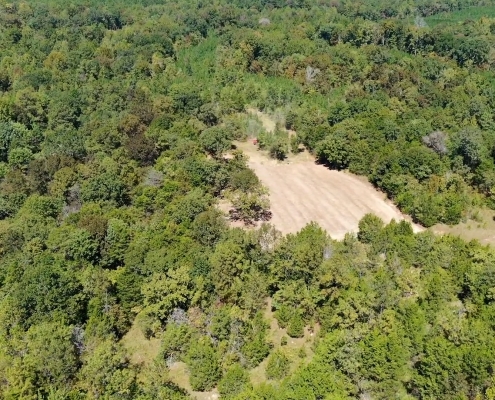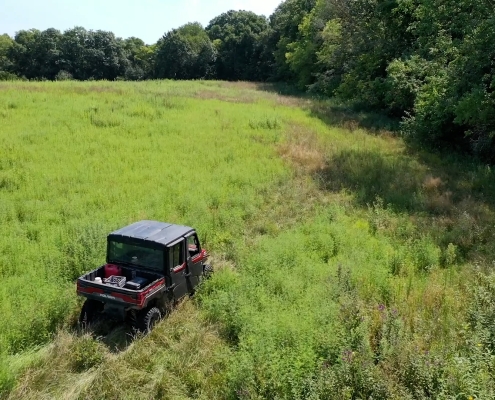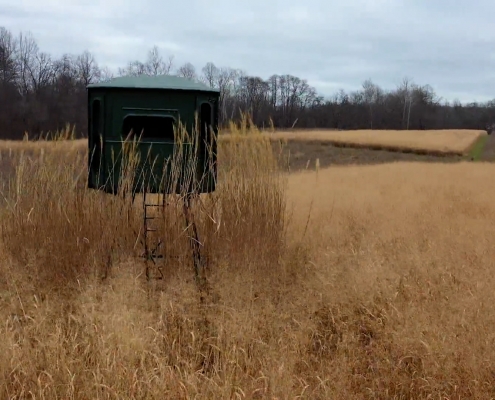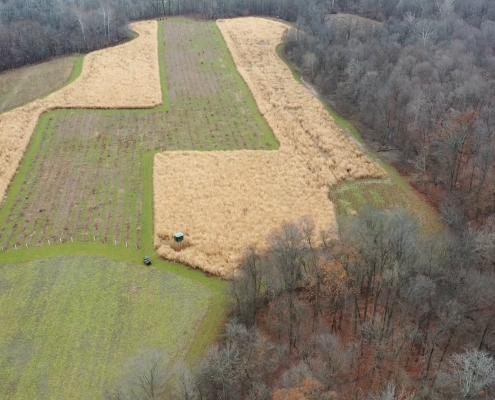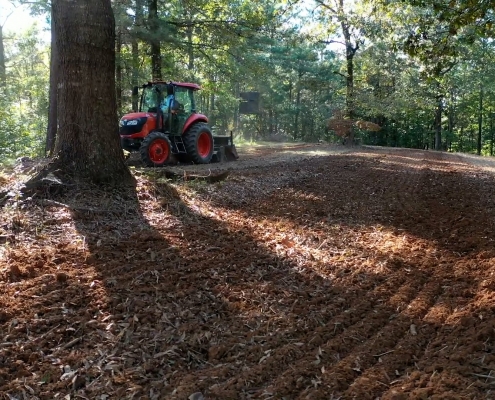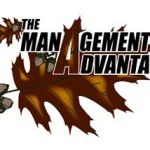Ross Fogle
This is your opportunity to get the most out of your food plots this winter and next spring. My prediction, like many others, is a long hard winter. In the past few weeks my farms have gotten 10 inches of rain. Row crops are at the lowest productivity seen in 24 years. With a limited amount of food left over after harvest you will have the advantage with a food source capable of keeping them healthy and your freezer full.
Planning Your Food Plot Planting
Your decision in the following weeks will not only be the most important to your success, but also your herd health. The ability to plan ahead will allow you to prevail. When I sit down and start my planning for my annual food plot planting there are many decisions I have to come to first. How much winter food will I need? How many annual plots should I have? How many perennial plots? What will bring the most nutritional value? The answer to my questions is different from year to year, but the process I go through each year rarely changes.
When I think about some of my annual mixes the first that comes to mind is my Brassica. The day I started my food plot planting with this winter mix, my late season hunting opportunities exploded. It wasn’t uncommon to find 20-30 deer a night browsing the plot. Come shed season, we picked up 14 sheds on that food source! The bottom line is they love Brassica in my area, and I have taken full advantage of it.
What to Plant in Your Food Plots
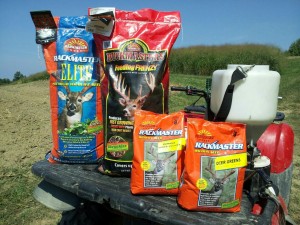 For the last few years I have been looking for a product that will solve the many hurdles I try to overcome each year. When Casey Shoopman came to me talking about Pennington’s Buckmasters Feeding Frenzy, I had to try some. Buckmasters Feeding Frenzy includes a balanced mix of Trophy Radishes, Winter Peas, Turnips, clover, chicory and more. Each of these different plants has a different maturity time that gives you a larger window to hunt while keeping the deer on your property year round. I like to call it the “Management Mix” in my toolbox. All of these ingredients are made for an annual mix, so don’t feel bad working them up next spring. Pennington has done an excellent job combining the best of both worlds by also producing Rackmasters ELITE. This winter forage mix has the same food source attraction and nutrition, but targets your perennial based plots. Besides it’s radishes, turnips and winter peas, it includes Durana clover and chicory, so after the winter you are a step ahead for a spring plot that will become pure clover and chicory. Pick your poison when it comes to these mixes, but know that the options are there with Pennington Seed.
For the last few years I have been looking for a product that will solve the many hurdles I try to overcome each year. When Casey Shoopman came to me talking about Pennington’s Buckmasters Feeding Frenzy, I had to try some. Buckmasters Feeding Frenzy includes a balanced mix of Trophy Radishes, Winter Peas, Turnips, clover, chicory and more. Each of these different plants has a different maturity time that gives you a larger window to hunt while keeping the deer on your property year round. I like to call it the “Management Mix” in my toolbox. All of these ingredients are made for an annual mix, so don’t feel bad working them up next spring. Pennington has done an excellent job combining the best of both worlds by also producing Rackmasters ELITE. This winter forage mix has the same food source attraction and nutrition, but targets your perennial based plots. Besides it’s radishes, turnips and winter peas, it includes Durana clover and chicory, so after the winter you are a step ahead for a spring plot that will become pure clover and chicory. Pick your poison when it comes to these mixes, but know that the options are there with Pennington Seed.
Looking Ahead
The Management Advantage is full of information and gives you ideas to look ahead into your practices and programs. One important practice we focus on is the establishment of our clover in the fall. The freeze and thaw help the seeds move into the soil and the winter wheat is there through the tough frost to keep things nutritional. Durana clover and Chicory have
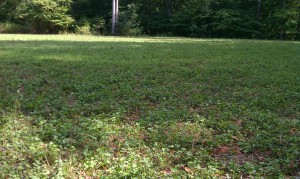
become my choice this year. I will be giving updates to its Fall establishment and final take over this spring. I feel this will not only enhance my food plots for turkeys but this mixture will give the same maturity differences that I spoke about in the Feeding Frenzy. The extra winter hardiness found in Durana clover and the large stolen count makes it one of the best and easiest to establish in the fall and spring. Its ability to combine top-notch forage and long-lasting establishment keeps it at number one on my farm as a perennial plot choice.
In summary, winter food plots make sense for herd health and your success in the field. The ability to look forward into your spring food plot planting plan and incorporate it in the fall will set you ahead of the game. A deer has a very diverse diet and if you can recreate the diversity in plots with a onetime fall planting, you will succeed!

